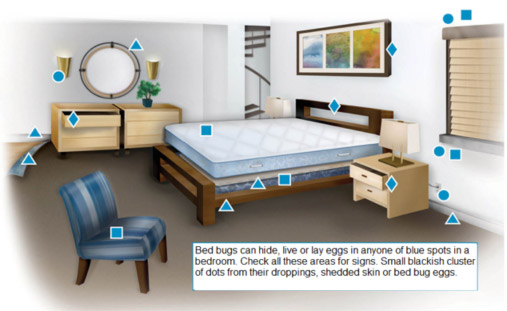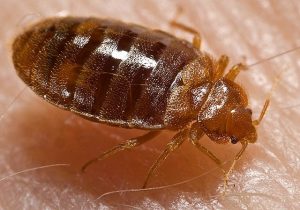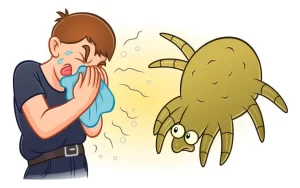
Early Detection of Bed Bugs:
Waking up to itchy, red bites or discovering mysterious stains on your bedding can be disconcerting. If you suspect bed bugs have invaded your home, early detection is key to effective control and prevention. In this blog, we’ll explore the telltale signs that may indicate a bed bug infestation in your house.
Early detection of bed bugs is crucial for effective control and preventing a minor issue from turning into a major infestation. By staying vigilant and recognizing these signs, you can take swift action to address the problem. If you suspect a bed bug infestation, consult with a pest control professional for proper identification and tailored treatment options. Remember, acting promptly is the key to reclaiming a bug-free home.
- Signs of bed bugs. What to look for:
- Unexplained Bite Marks: One of the primary indicators of a bed bug presence is waking up with unexplained bite marks. Bed bugs feed on exposed areas of skin during the night, leaving behind itchy red welts or small, raised bumps.
- Bloodstains on Bedding: After a blood meal, bed bugs may leave behind small, reddish-brown stains on your sheets or pillowcases. These stains can be an alarming sign of their nocturnal feeding habits.
- Dark Spots or Stains: Bed bug feces, resembling small dark spots, are another clear sign. Check your bedding, mattress seams, and nearby furniture for these telltale marks, which are often a result of the bugs digesting blood.
- Eggshells and Shed Skins: As bed bugs progress through their life cycle, they shed their exoskeletons. Look for tiny, pale yellow skins and small, white eggs in the seams and crevices of your mattress or furniture.
- Live Bed Bugs: Adult bed bugs are about the size of an apple seed and have flat, oval bodies. Inspect your mattress seams, tufts, and cracks in furniture for live bugs, especially during the nighttime when they are most active.
- Musty Odor: In more severe infestations, a musty, sweet odor may be noticeable. If you detect an unusual smell in your bedroom, it could be a sign of a larger bed bug population.
- Bed Bug Excrement: Keep an eye out for small, dark spots or streaks on walls, baseboards, or other surfaces. This could indicate bed bug excrement and may help pinpoint their hiding spots.
- Visible Bites on Skin: Some individuals may experience stronger reactions to bed bug bites, resulting in larger welts or blisters. If you notice a recurring pattern of bites, it might be time to investigate further.
- Inspect Furniture and Clutter: Bed bugs are skilled at hiding in cracks, crevices, and seams of furniture. Regularly inspect these areas, as well as any clutter in your living space, for signs of an infestation.
- Check Luggage and Clothing: If you’ve recently travelled, be vigilant when unpacking your luggage. Bed bugs can easily hitch a ride, so inspect your clothing and luggage thoroughly.




